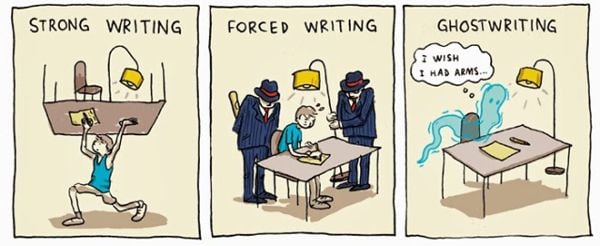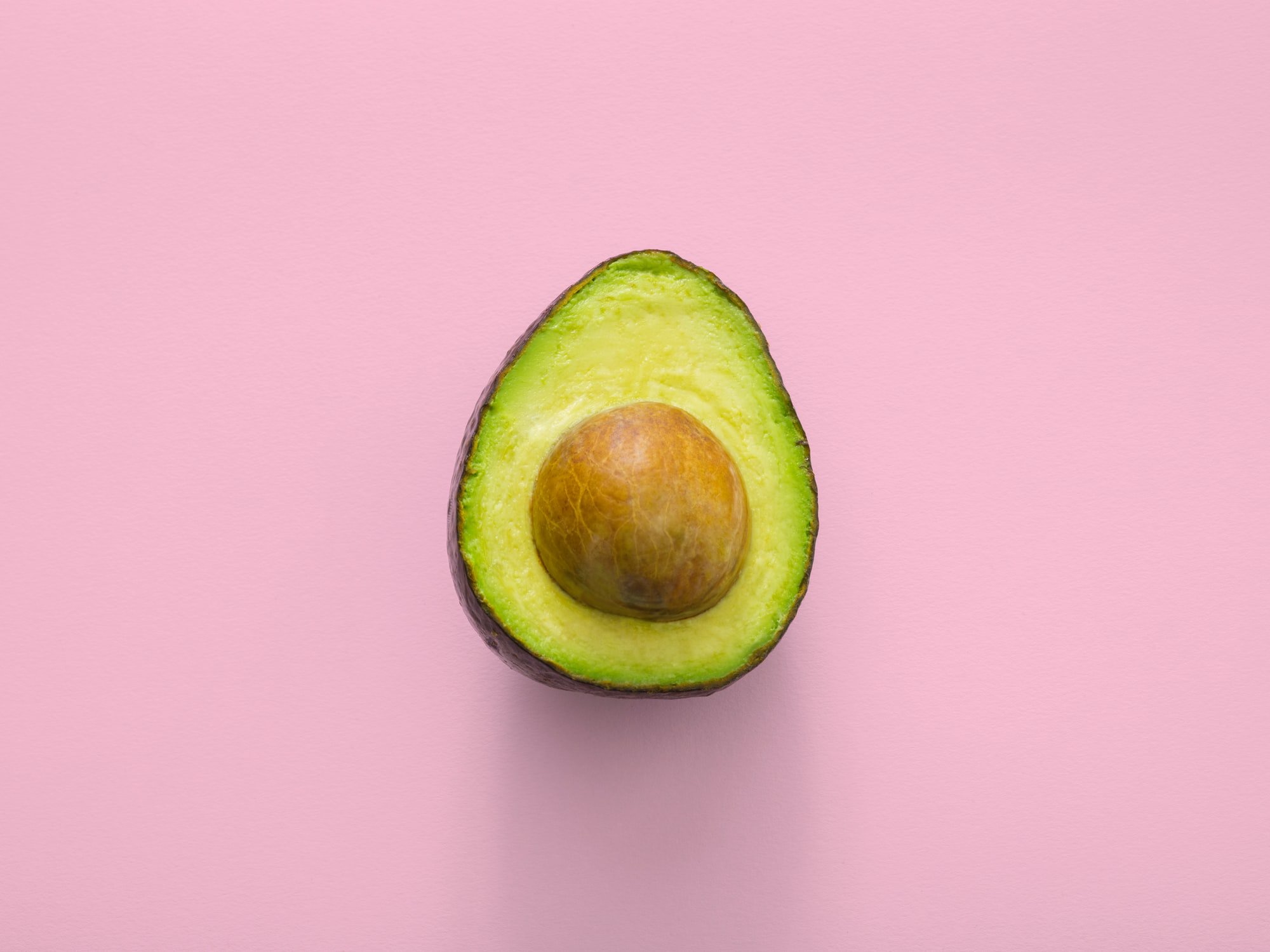Introducing Complexity into Relationships: People and Food
 Erin Powers
·
2 minute read
Erin Powers
·
2 minute read
I’m writing again about the four simple rules of systems thinking: Distinctions, Systems, Relationships, and Perspectives (DSRP). I focus today on Relationships. When hoping to understand a system or group or any plurality, after identifying the parts, it makes sense to identify the relationships between and among the parts.
As a social scientist from a quantitative-leaning department, I tended to think of relationships statistically: were two variables correlated, were they causally related, was the relationship perhaps spurious or indirect? But I am also a qualitative researcher, and learning more about diagramming complex relationships in MetaMap software from Cabrera Research Lab has been interesting and fruitful to that part of my research. (By the way, the MetaMap below is interactive, so you can get an idea what the software is like!)
Additionally, a person's relationship to food might be characterized by “disorder.” You could use the Distinction rule to further define that relationship. The disorder, for example, might have psychological, physiological, and emotional aspects (see the top map with 3 parts of a relationship distinguished). Those parts in turn have relationships to each other, which we could also diagram.
And if we think further about it, we realize that we are looking at the relationship between person and food from multiple perspectives, such as medical and social—to which we could add economic, cultural, etc. Certainly adequate study of people’s relationship to food would incorporate intersecting perspectives.
The example of the relationship between people and food also demonstrates how DSRP rules operate simultaneously. Indeed, our cognition on any subject incorporates making distinctions and seeing systems, relationships, and perspectives. For more on DSRP, see Systems Thinking Made Simple: New Hope for Solving Wicked Problems.
Footnotes 1. (http://www.psychologicalscience.org/index.php/news/releases/studies-explore-interplay-between-self-control-reward-processing-and-diet.html↩
.png?width=150&height=150&name=CRL%20GOAT%20Logo%20(4).png)


